A NUMBER of start-ups in the United States are joining the race to devise a way of making lab-grown beef commercially viable. It all began when the world’s first lab-grown beef burger was developed at Maastricht University in the Netherlands in 2013. Grown from stem cells extracted from pieces of cow muscle tissue, the burger was created at phenomenal cost – over $400,000.
The idea of creating meat in a laboratory using stem cells – actual animal tissue, not a protein substitute – has been around for decades but is still a work in progress. Large-scale manufacturing of cultured meat that could sit side-by-side with conventional meat in a supermarket and compete with it in price is a long way off.
Even so, the idea of lab-grown meat is supported by animal welfare groups and environmentalists. But not everyone is convinced this brave new cultured beef burger is the way of the future.
So let’s get a taste for each side and once you’ve devoured this hot debate... please share your thoughts by taking our poll: Would you eat lab-grown meat? - See link below.
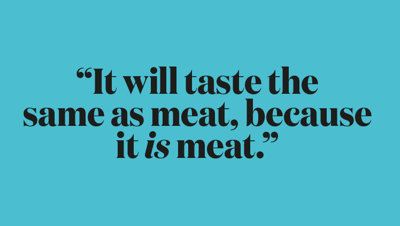 Peter Verstrate, chief executive officer of MosaMeat in the Netherlands and one of the food scientists who worked on the world’s first lab-grown beef burger, explains the benefits of cultured meat.
Peter Verstrate, chief executive officer of MosaMeat in the Netherlands and one of the food scientists who worked on the world’s first lab-grown beef burger, explains the benefits of cultured meat.
CULTURED meat is meat produced through tissue engineering. It makes use of a natural process that, in our bodies, is responsible for repairing muscle when it gets damaged. We isolate the cells that take care of that repair process and use them to perform that same task of making muscle outside of the body, in a bioreactor.
We depend on cells that we take from donor animals, but we don’t need to kill them, so it is a better option for people who find it unethical to kill animals for food. It is also a more sensible option. It’s about creating the same product with less resources, less negative impact on the environment and less food safety risks. It just makes sense to do it.
Cultivated meat uses far less land and water and has much less greenhouse gas emissions. Several studies have been done and the reductions are 90% or more.
The Food and Agriculture Organization of the United Nations estimates that 30% of land is used for livestock agriculture and, in 2050, meat consumption will be 70% higher than it currently is. That would mean that we do not have enough land on the planet to increase livestock volume to match that demand.
2.7% - The estimated increase of beef consumption per person over the next decade in the United States alone.
Our product will taste the same as meat because it is meat. We do not genetically modify the cells. They are genetically identical and therefore as safe for human consumption as regular meat. We could actually make cultured meat healthier than the livestock product, and that has a beneficial effect on our cholesterol levels.
The industry is still at an early stage and the product is not yet in the marketplace. There are technological hurdles to overcome, like producing fat tissue, producing haem – the stuff that makes meat red but also adds to the taste – and growing the cells without animal ingredients.
We are working on all these aspects and have made good progress but still need a few years. Also, we need to design a process that is capable of mass-producing the meat at an affordable price and that too will take a few years. Ultimately, it’s going to be as expensive or cheap as meat today is.
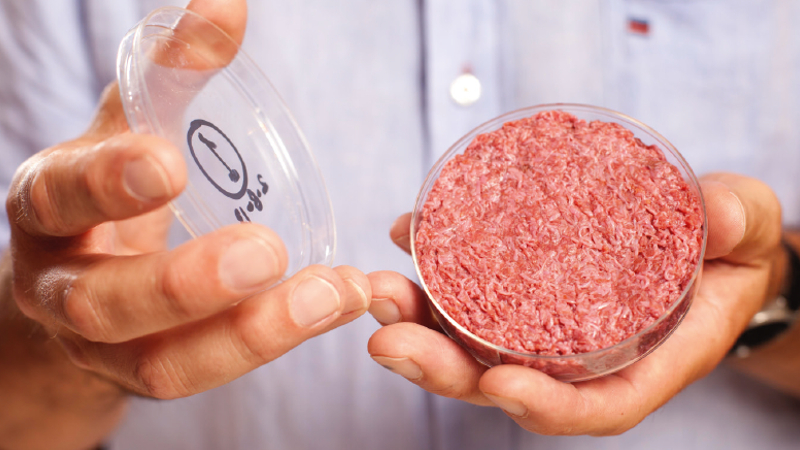 $400,000: The cost of the world’s first lab-grown burger. It consisted of 10,000 small strips of cultured beef muscle tissue. Supplied by MosaMeat
$400,000: The cost of the world’s first lab-grown burger. It consisted of 10,000 small strips of cultured beef muscle tissue. Supplied by MosaMeat
When first introduced we would charge much more premium prices, as any high-tech introduction typically goes through cost reduction stages linked to up-scaling – an important requirement in getting the price down. Then, finally, we’ll need regulatory approval. Overall, we think we’ll have a first, small, local and premium market introduction in about three years from now.
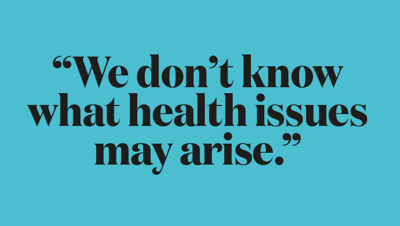 Tony Hegarty, member of NSW Farmers’ Cattle Committee and on the Cattle Council of Australia board as both vice-president and NSW Farmers’ representative, argues that lab-grown meat is a step in the wrong direction.
Tony Hegarty, member of NSW Farmers’ Cattle Committee and on the Cattle Council of Australia board as both vice-president and NSW Farmers’ representative, argues that lab-grown meat is a step in the wrong direction.
I SEE lab-created meat, or the intention to provide a new industrial pathway versus an agricultural pathway, as going in the entirely wrong direction. Australia remains self-sufficient in our production of beef and I see no need for an alternative.
If you look at consumer perceptions, there’s a big push for natural foods as opposed to processed foods. In particular, the growth of the pasture-fed product in the meat industry has been significant. That is because the idea of naturally-raised produce, which is grazed in open pastures, appeals to consumers. Lab-created meat is going the other way and there’s a fear as to whether or not science will be able to deliver a versatile, consumer-friendly product.
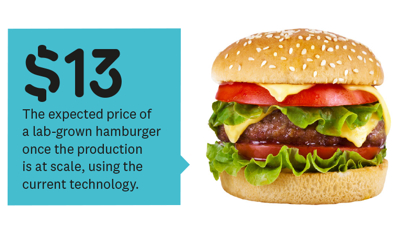
We don’t know what health issues may arise from consuming lab-grown meat, but we do have an exceptional record in Australia for red meat and food safety. Meat Standards Australia has done a lot of work that has been focused on taste and tenderness, so the eating experience has come a very long way.
While no animals are involved after the original stem cells are required for lab-grown meat, the acquisition of the animal before that means this is not a vegetarian or vegan-friendly option.
Some argue that lab-grown meat will be better for the environment but I would like to debunk a few things about livestock and the environment. This concept that animals are bad for the environment is a misinterpretation of how land is managed. Ruminant animals are very valuable in the maintenance of biodiverse grasslands and wooded grasslands when properly managed. Secondly, ruminants convert unpalatable vegetable matter into valuable protein for human consumption.
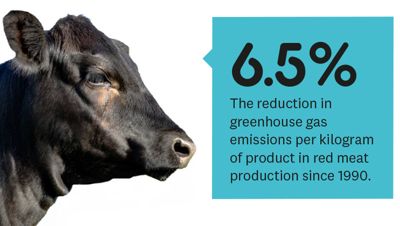
Animals are part of the environmental solution, they’re not the problem. Using livestock for the betterment of grasslands and the landscape is practised in various ways all over the world. This idea that livestock greenhouse gas emissions are ruining the earth is just incorrect.
The greenhouse gases from ruminants are a short-term cycle of absorption by plants and consumption by animals back into the atmosphere. If you did away with livestock altogether, then who manages the land? Not all land is suitable for cropping.
What we need is good environmental management of the landscape, which includes making sure the pasture can support those animals. I have no argument that we need to get animal welfare right as well. Processing is the end of the cycle and it must be as humane as possible.
Have your say in our poll: